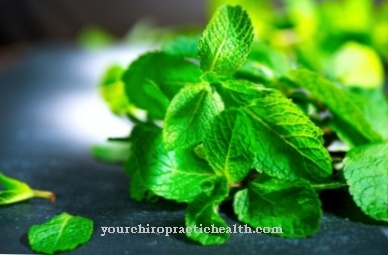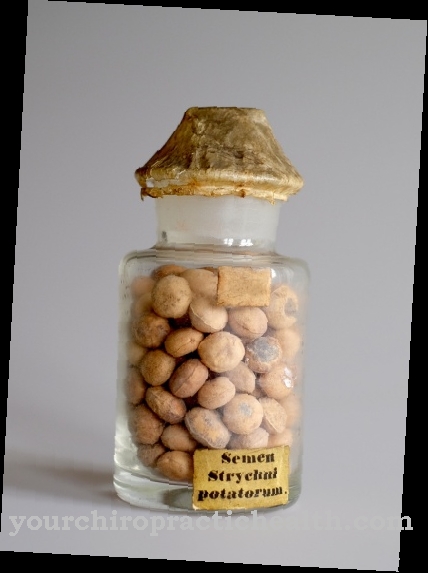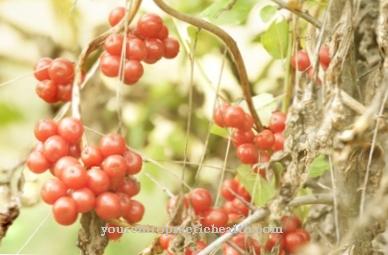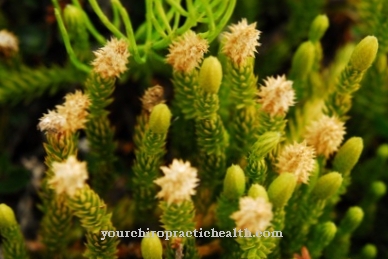The Marigold (Calendula officinalis) belongs to the daisy family and got its name from the closed seed ring, the seeds are arranged like a ring.
Occurrence & cultivation of the marigold

The Marigold Should be in every garden, but you can also find them growing wild in heaps and cemeteries or - if not otherwise possible - at the marketplace. It is an annual plant and flowers from June to October.
The petals are yellow, usually of a bright, bright shade. The plant is somewhat sticky, the stem slightly hairy. When the sun shines on the flower, it has its very own, but not unpleasant, smell.
This smell is particularly noticeable when prepared as an ointment with pork fat.
Effect & application
From naturopathy is that Marigold indispensable. In a wide variety of applications you can help yourself with the marigold in a completely natural way - without risks and side effects.
Dried flower heads are used as a remedy in pharmacy. It has an anti-inflammatory effect and promotes wound healing as an external application. It is used internally mainly for stomach and intestinal problems. So you can get tea infusions, ointments, tinctures and aqueous extracts in pharmacies and drugstores or even make them yourself. It is not a problem to prepare a remedy from the marigold yourself.
For example, the marigold ointment, which is made with pork fat (original recipe), Vaseline or other bases. This ointment is used for all kinds of skin problems, such as bruises, abrasions or open wounds. It has an anti-inflammatory effect and promotes wound healing. For compresses with Swedish herbs, it is applied to the skin first, then the Swedish herbs.
For the production of the ointment with pork fat, 250 g of pure pork fat are heated, a heaping handful of marigolds (here leaves, flowers and also stems crushed) are added. It has to foam up once - now you can smell the smell of the marigold very clearly - stir the whole thing vigorously and let it cool down overnight. The next day, the fat is gently heated again, passed through a clean cloth or pressed and the ointment obtained is poured into sealable jars.
The marigold was previously used for dyeing due to the strong color of its petals, so when applying it, make sure that no items of clothing are damaged. Many cosmetic articles also contain watery extracts from medicinal plants, especially marigold, such as B. in shampoos, face creams, etc.
If you have the time and the opportunity to cure yourself with the help of the marigold, you should set out for this plant, use the advice of natural healers and deal with the preparation of an ointment or a tea yourself, that is already the first step for healing. Incidentally, the marigold is also used as a barometer: if the flowers are open in the morning, a beautiful day is ahead, if the flower heads remain closed, it should rain.
Significance for health, treatment & prevention
For internal use as a tea, this applies Marigold as an aid for stomach problems, here you drink a cup each morning and evening. This tea is also helpful for headaches and difficulty falling asleep and should help quickly.
Marigold tea is also very helpful for menstrual and menopausal symptoms. The tea is also said to have a slight laxative effect. The marigold is also a component in many mixed teas made from herbs. Boiling water is poured over a heaped teaspoon of marigold flowers and allowed to steep for five to ten minutes. The concentrated marigold is available as a tincture that you can buy ready-made, but also make yourself.
Only the petals are used for this, about halfway into a sealable glass and filled with a high percentage alcohol. This mixture should now stand in the sun for about 10 days, then filtered and stored in a dark container as a tincture. Preferably in the refrigerator.













.jpg)

.jpg)
.jpg)











.jpg)